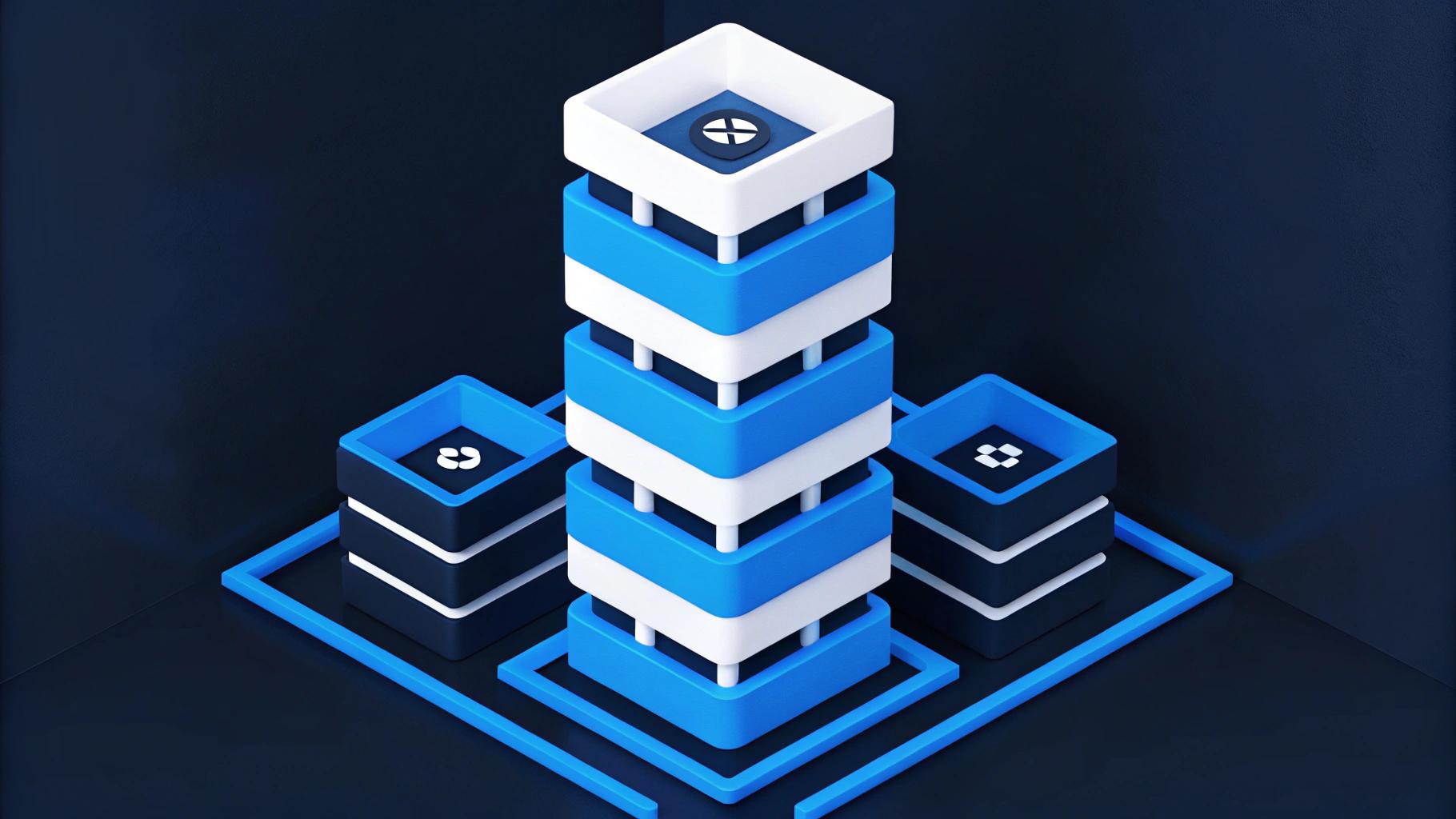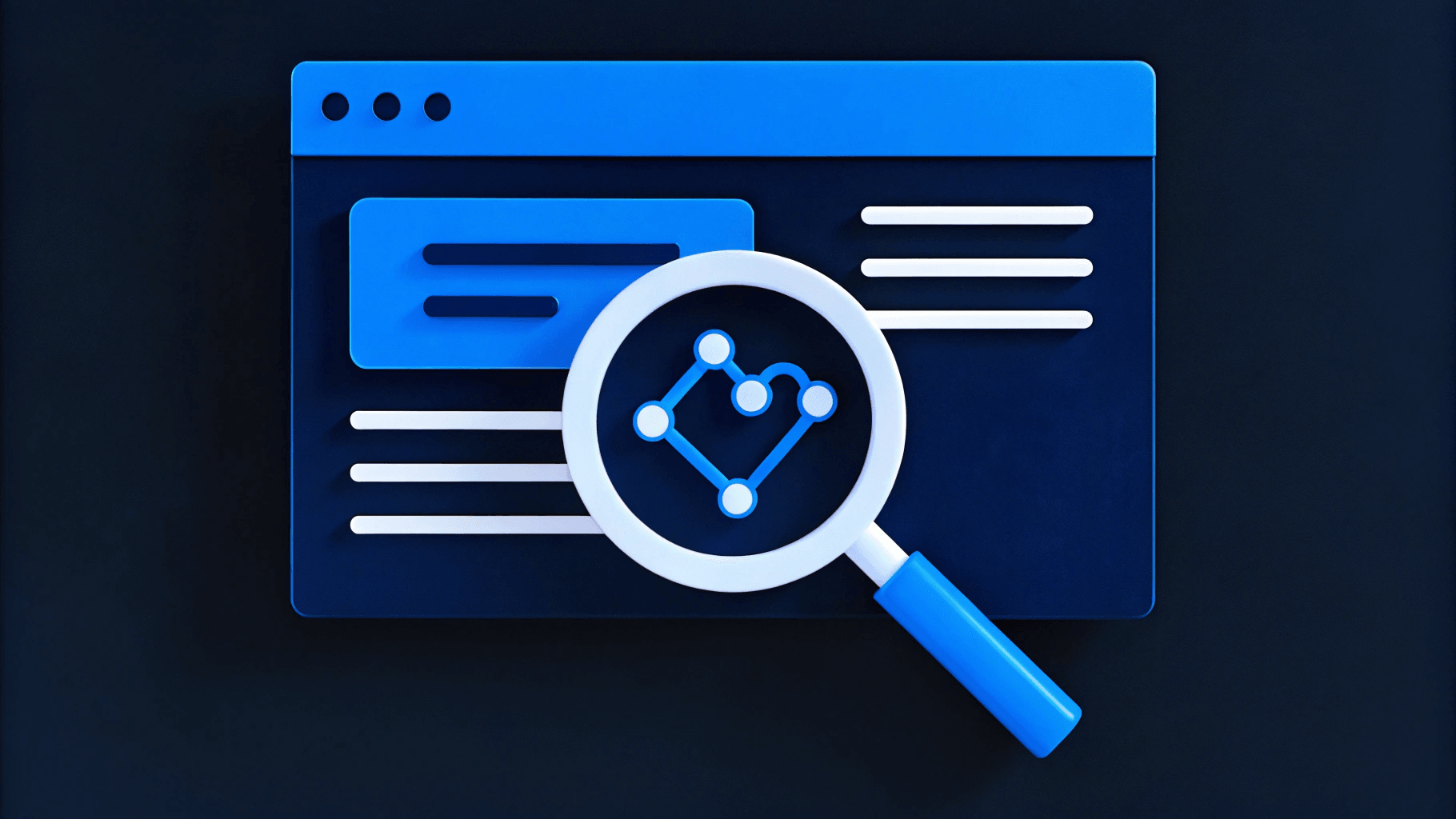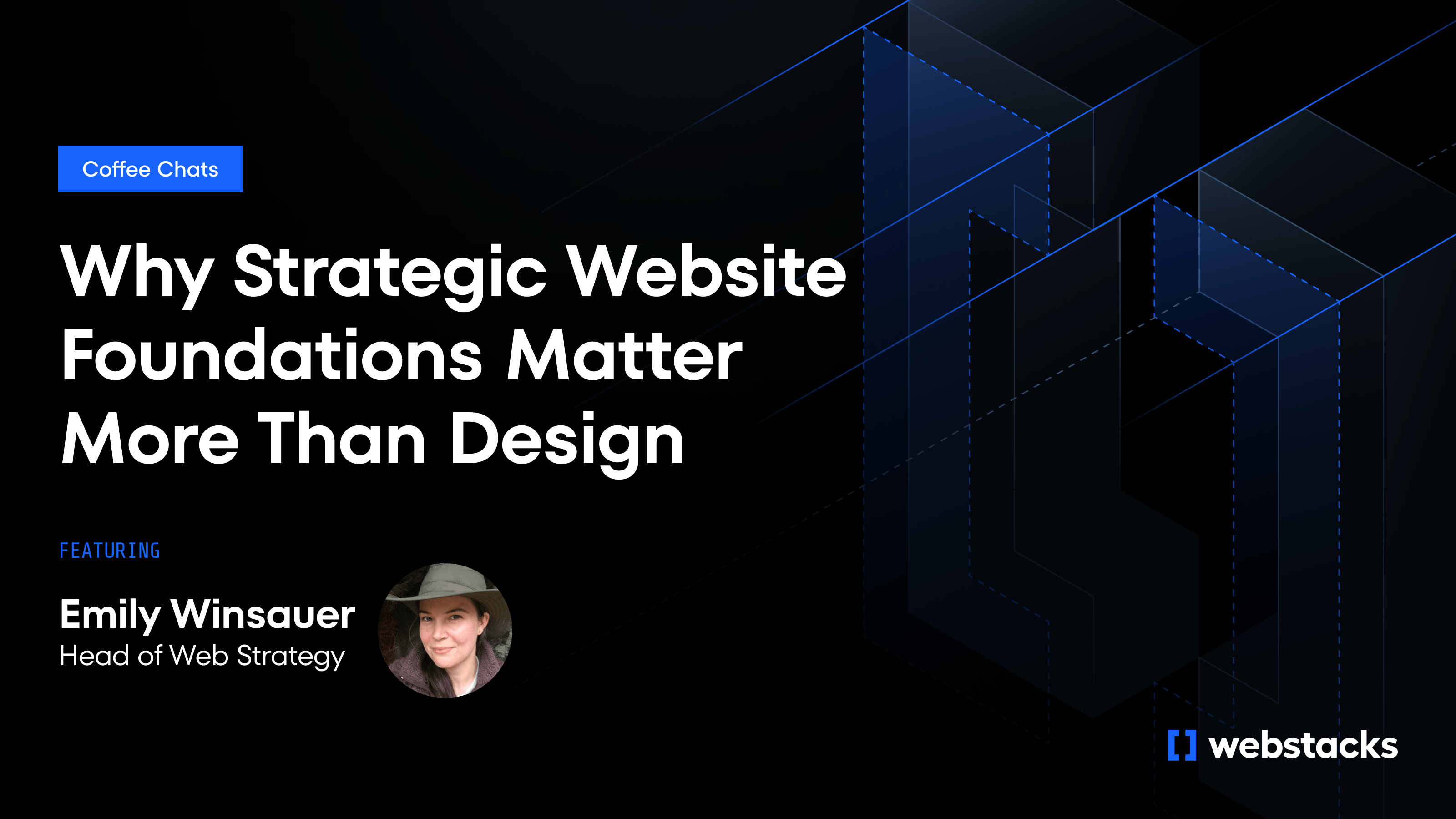At the center of every successful enterprise website is a tech stack designed to scale and empower teams.
But today, choosing the right tools isn’t enough. What matters is how those tools work together to support flexibility and performance.
At Webstacks, we view the enterprise tech stack as a dynamic system. It prioritizes modular architecture, composable design, and autonomy for marketing teams. But at the same time, it doesn’t sacrifice governance, security, or speed.
In this guide, we’ll explore the 10 essential elements of a modern enterprise tech stack, based on our experiences working with enterprise companies.

1. Content Management System (CMS) Built for Scale
For enterprise companies, the CMS is the control center of the entire digital experience.
Traditional CMS platforms often lack flexibility and scalability, especially when multiple teams and brand variations are involved. That’s why many enterprise organizations are turning to headless CMS platforms such as Contentful, Sanity, and DatoCMS to support multi-channel content delivery.
Headless architecture separates content from presentation, so marketing teams can update and deploy content across web, mobile, and app environments.
Combined with a component-based frontend, this structure enables faster iterations and better personalization.
For example, a SaaS company launching in multiple countries can build localized landing pages in parallel, each tailored for region-specific messaging, while reusing the same backend structure.
At Webstacks, we guide clients through CMS evaluation and implementation to make sure the platform aligns with their goals and grows with their team.
2. Composable Frontend Framework
To keep up with the speed and scale of enterprise content delivery, your CMS needs a frontend framework such as Next.js and Gatsby. These tools support static site generation and server-side rendering, which improve performance and search visibility.
More importantly, they support a modular approach to page building. Instead of coding each page from scratch, teams use flexible building blocks such as hero sections, feature grids, CTAs, testimonials that can be mixed and matched. This makes it faster to build pages and run experiments.
3. Design System and UI Components
A design system ensures that the aforementioned building blocks actually work together. It creates consistency across teams and platforms by defining how components look and behave.
At Webstacks, we use atomic design principles to create systems where everything from a button to a full-page layout is part of a reusable structure.
Each component is built to adapt, whether that means swapping color themes, layering in background media, or supporting dynamic content.
To make this possible, we document component specs early in the design phase and outline expected behavior, so developers and marketers stay on the same page. This foundation speeds up workflows and keeps your brand intact.
A great example of this is our work with Snowflake. Their team needed a more cohesive platform for Snowflake University, so we built a unified microsite using a component-based architecture.
The new experience was easier to manage and drove real results—like a 900% increase in organic traffic and over 120 new pages added to their Learn Center. It’s proof that a strong design system paired with the right frontend approach can make a big impact.
4. Customer Data Platform (CDP)
Personalization is expected in enterprise marketing. A Customer Data Platform (CDP) sits at the center of that capability, unifying data from multiple sources (web, app, CRM, email, support) to build a complete view of each user. CDPs such as Segment help teams collect and activate this data across all channels.
With a CDP, marketers can segment audiences based on behavior, demographics, or account tier and then serve dynamic experiences based on those attributes. When paired with headless CMS personalization capabilities, it’s particularly powerful for enterprises with distinct audience types, such as SMBs vs. large enterprises or technical vs. non-technical buyers.
While CDPs aren’t always part of the “traditional” web stack, Webstacks recommends integrating them early to support personalized content delivery.
5. Analytics and Performance Monitoring Tools
Enterprise websites generate massive behavioral and technical data, but that data is only useful if it’s actionable. A strong analytics and performance layer helps marketing, product, and engineering teams understand user engagement and identify friction points.
For behavioral analytics, tools like Google Analytics 4 can track user journeys, conversions, and engagement across pages and campaigns.
On the technical side, platforms like Datadog, New Relic, and Lighthouse surface performance bottlenecks and site health issues that may impact SEO or user experience.

6. DevOps, Hosting, and CI/CD Pipelines
Speed and stability are non-negotiable in enterprise web delivery. Modern enterprise tech stacks need DevOps workflows and hosting platforms that support continuous integration, automated deployments, and rollback capabilities.
Learn more: Best HIPAA-Compliant Web Hosting Options
Platforms such as Vercel, Netlify, and AWS enable fast, secure hosting with global edge networks and built-in CI/CD pipelines. Combined with GitHub Actions or GitLab CI, enterprise teams can ship updates without risking downtime or regression errors.
At Webstacks, we implement parallelized development workflows that allow engineers to build and deploy components while strategists and content teams are still finalizing other parts of the site. Our approach reduces delivery timelines and supports phased rollouts, which are important for complex enterprise builds.
7. Security and Compliance Infrastructure
Enterprise websites handle sensitive data and face increased scrutiny around privacy and compliance, so they need a security and compliance infrastructure.
Best practices include SSL encryption, web application firewalls (WAFs), SSO integrations, and compliance with frameworks like SOC 2, GDPR, and ADA. For high-traffic or healthcare-related platforms, additional layers like DDoS protection and role-based access control are crucial.
Consider a healthcare tech company needs to ensure its site meets HIPAA standards while remaining accessible to users with visual impairments. This demands intentional planning around accessibility, audits, and failover systems.
8. Localization and Translation Management
As enterprise brands expand globally, delivering content that resonates in local markets becomes a competitive advantage. But managing multilingual content at scale requires translation and a localization strategy built into your tech stack.
A localization workflow allows marketing teams to manage multiple languages, regional variations, and country-specific content, all from a single CMS. Tools like Lokalise, Phrase, or native CMS localization features streamline translation.
For example, if a SaaS company operating in the U.S., Germany, and Japan needs to launch localized product pages, each page would need its own SEO structure, cultural nuances, and compliance disclaimers.
With the right stack, content editors in each region could update their own versions independently, without disrupting the global site.
9. Governance Tools for Content and Workflow Management
One of the biggest challenges in enterprise web environments is managing content across regions and business units, without creating chaos. Governance tools make sure your tech stack supports flexibility and structure.
Governance features such as role-based permissions, structured content models, approval workflows, and content versioning help enterprise organizations maintain quality.
More advanced setups also include visual page builders with component restrictions to prevent off-brand edits.
At Webstacks, we architect CMS implementations with governance included. Every component is specified with clear rules for usage, variation, and functionality.
10. Marketing Automation and Integration Layer
An enterprise tech stack isn’t complete without integrations with CRM platforms, email systems, personalization engines, and ad platforms.
Whether you're using HubSpot, Marketo, Salesforce, or custom APIs, the goal is to centralize data and automate the experiences that move prospects down the funnel. It includes everything from dynamic content injection and lead scoring to behavior-based nurture flows.
When Justworks partnered with Webstacks, one of the key focuses was simplifying their complex CMS and integrating it more tightly with their marketing tools. It gave their team the ability to quickly launch targeted campaigns and automate customer journeys. And it’s a good example of how the right integration layer improves operational efficiency and also opens the door for more agile marketing.
Build a Future-Proof Enterprise Tech Stack
A modern enterprise tech stack is the foundation for marketing autonomy and scalable growth.
Each element we’ve covered, from headless CMS platforms to localization workflows and governed design systems, works together to create a digital ecosystem that evolves with your business.
At Webstacks, we don’t just help you select and implement tools; we design composable systems that empower your team to move faster, stay on brand, and deliver personalized experiences. Whether you're rebuilding from the ground up or optimizing a legacy setup, we’ll guide you through the strategy, implementation, and evolution of your enterprise platform.
Ready to take the next step? Contact us to learn how we help teams like yours build scalable, high-performance digital platforms.




